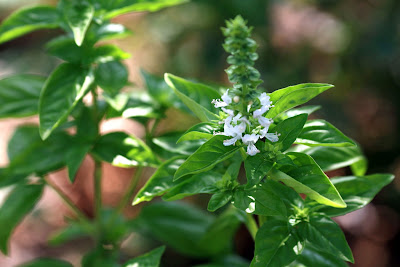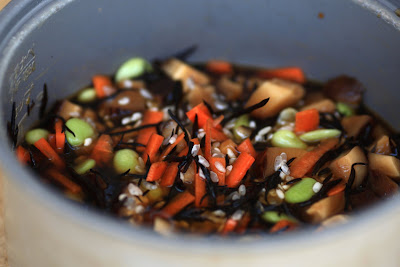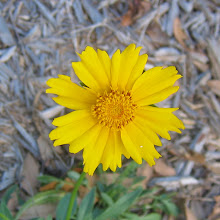 Tomato sauce was my grandfather-in-law’s favorite. He loved tomato sauce with a lot of extra virgin olive oil and black pepper. Whenever I make tomato sauce, I think of him with high regard, a person I have never met and have known only through my husband’s descriptions.
Tomato sauce was my grandfather-in-law’s favorite. He loved tomato sauce with a lot of extra virgin olive oil and black pepper. Whenever I make tomato sauce, I think of him with high regard, a person I have never met and have known only through my husband’s descriptions.My grandfather-in-law was born in northern Greece when it was still under the Ottoman Empire’s occupation. Including his native language, Greek, he fluently spoke, wrote and read English, French, Slavic and Turkish, and he was able to read and understand Ancient Greek, Latin, and Arabic. While none of the people in his village hold a high school degree, he earned a college degree in Education. Later he became an elementary school teacher. He was excessively simple, honest and faithful for his entire life.
This simple man loved gardening, the “Les Misérables” by the famous French author Victor Hugo, and tomato sauce. Because of the Ottoman influence on the cuisine in his region, he especially loved spicy tomato sauce.
I usually cook meatballs with rice in spicy tomato sauce, which became our family’s standard. Certainly, a lot of extra virgin olive oil and black pepper are essential. I enjoy this dish under the blue sky indulging myself in imagination of my grandfather-in-law’s humble life.
Ingredients:
3 potatoes
3 cups finely chopped tomatoes
2 tbsp tomato paste
Salt and freshly ground black pepper
Water
Meatballs (about 40 meatballs):
1 lb ground beef
1 finely chopped onion
2 cloves of garlic
¼ cup finely chopped mint
1 egg
½ cup rice
1 teaspoon salt
Freshly ground black pepper
1 teaspoon cumin
½ cup all-purpose flour
Directions:
1. Place all of the ingredients except the all-purpose flour for meatballs in a large bowl. Mix them well.
2. Break off pieces of the mixture and make very small meatballs (the size of walnuts). Coat the meatballs with the all-purpose flour.
3. Peal the skins of the potatoes and chop them small squares.
4. Heat the olive oil in a fry pan and fry the chopped potatoes for around 5 minutes. Add the tomatoes and tomato paste and stir them well.
5. Add 2 to 3 cups of water and bring to a boil. Add the meatballs one by one. Add more water if all of the meatballs are not covered by water.
6. Season with salt. Simmer and stir time to time for about 30-40 minutes.
7. Serve them hot!











